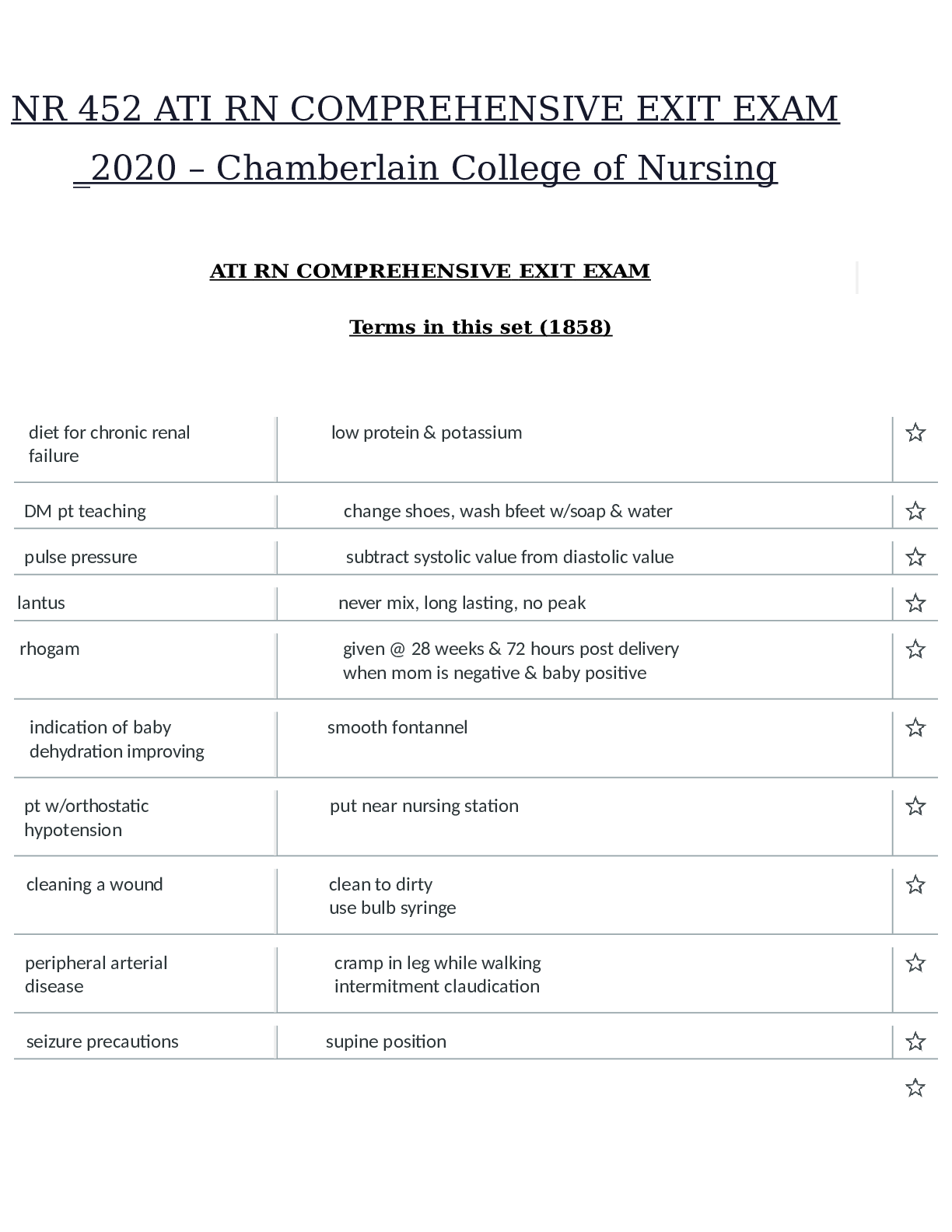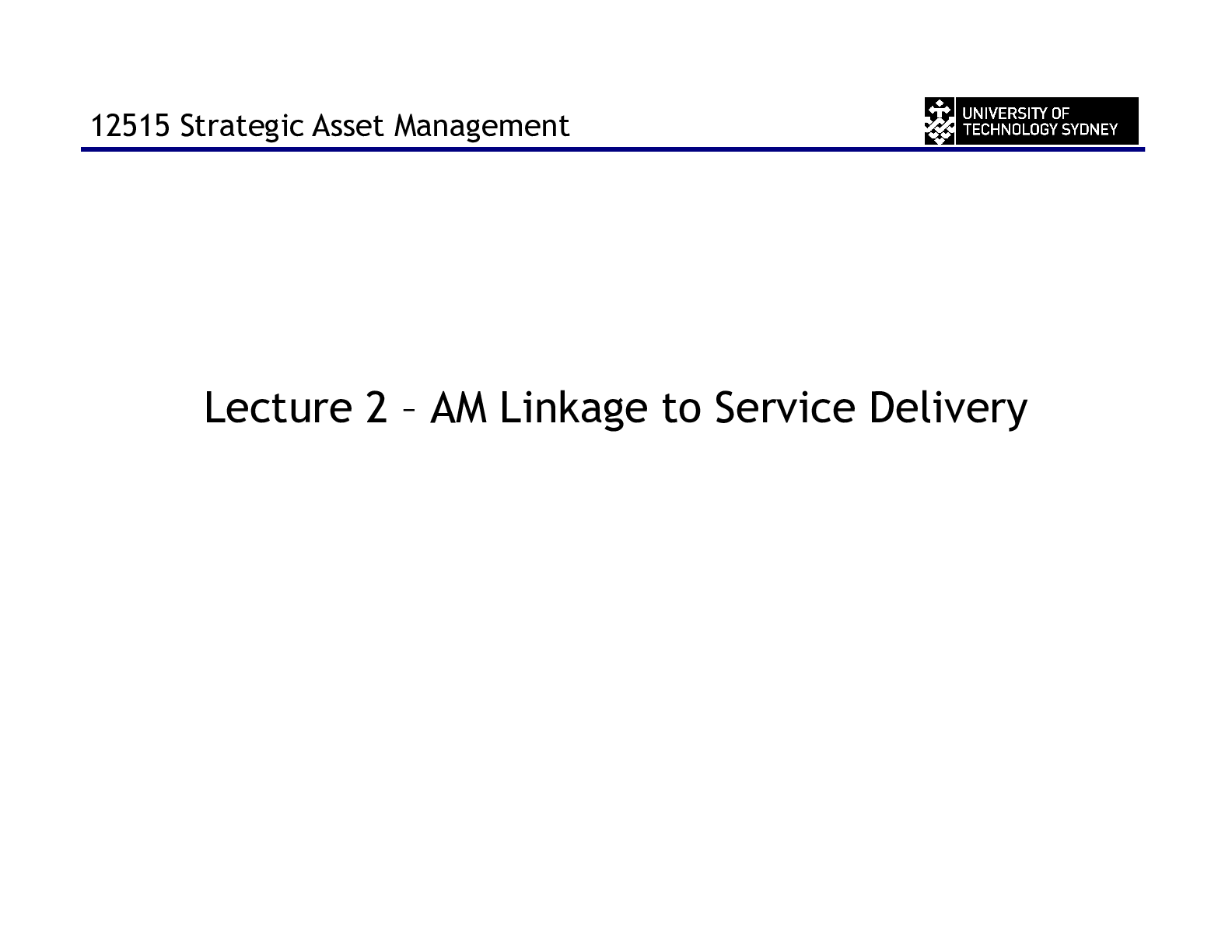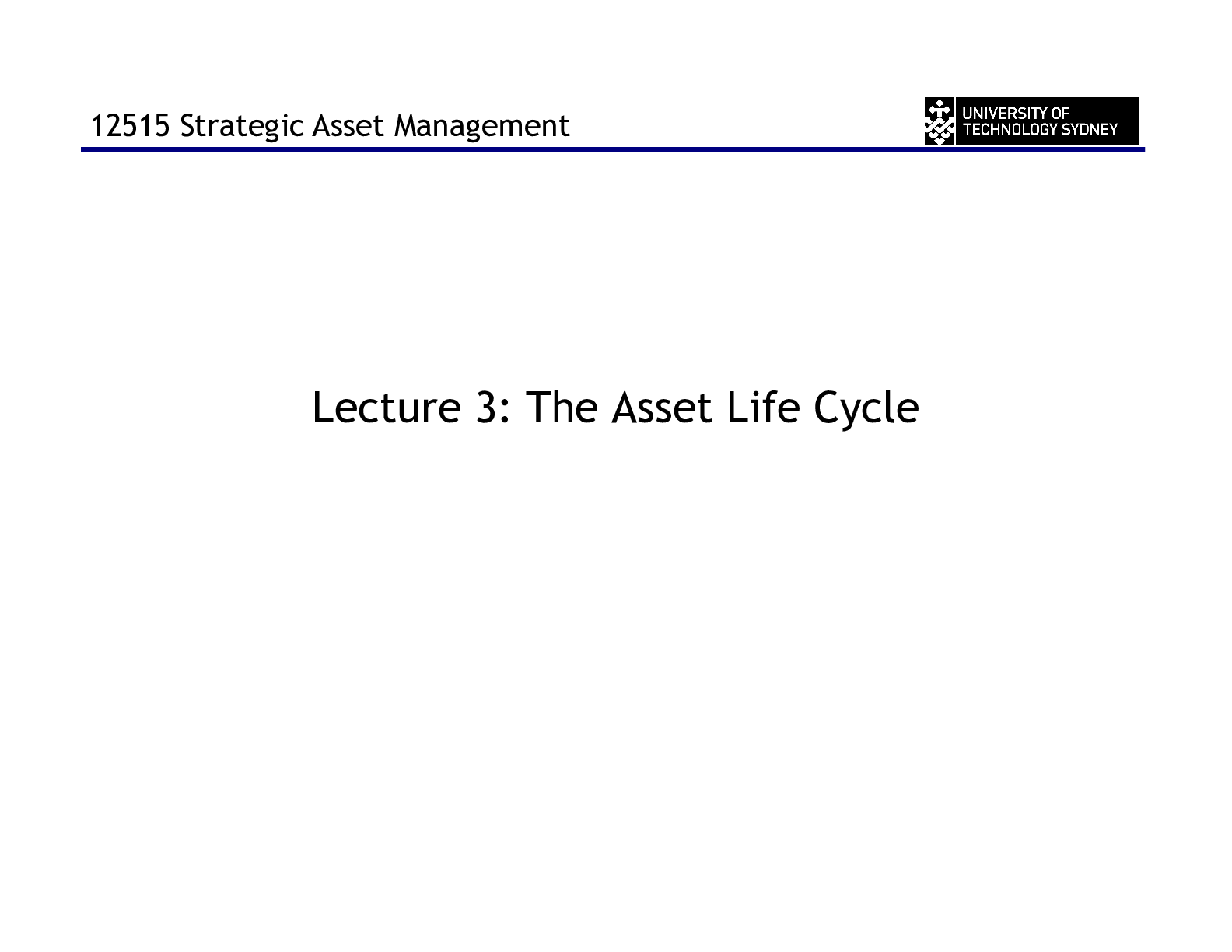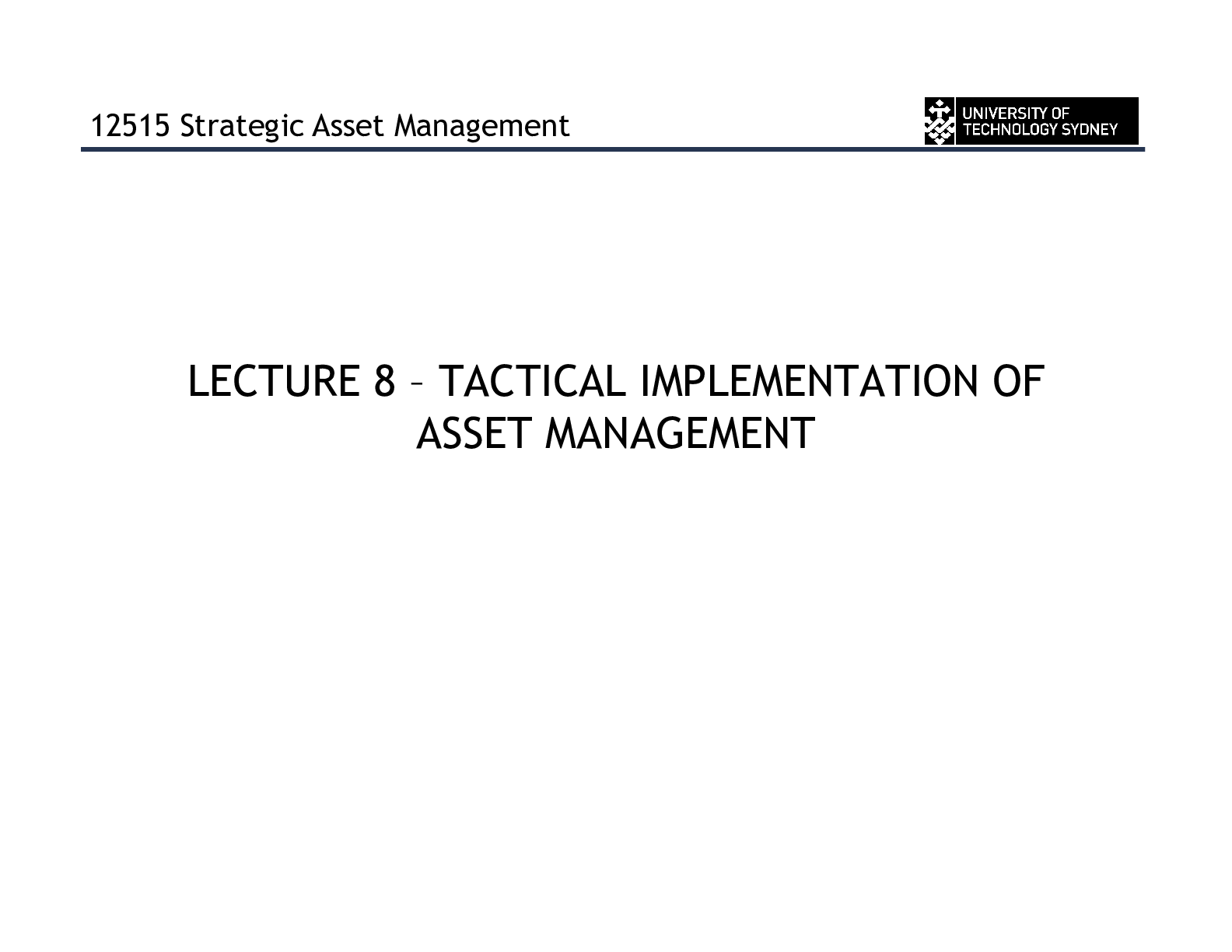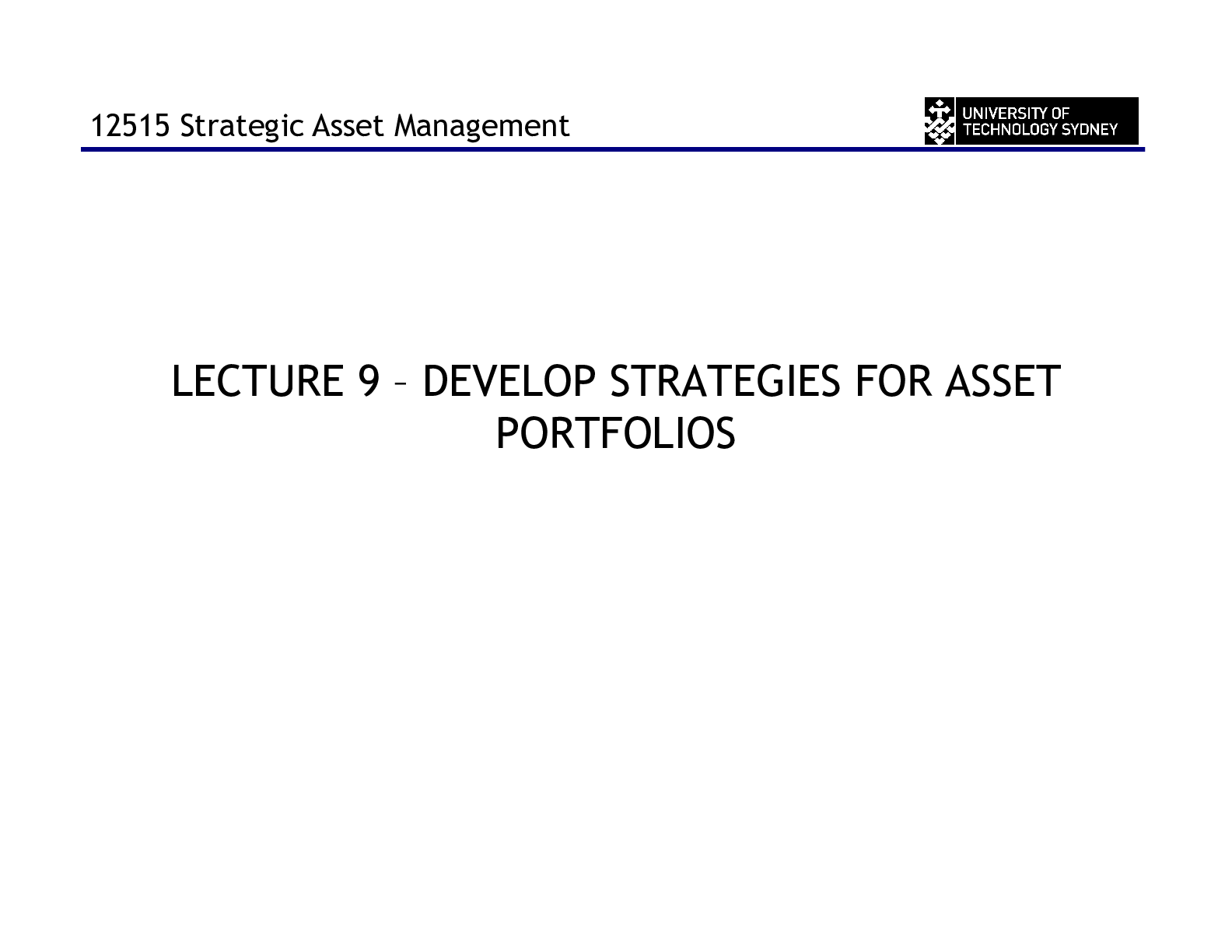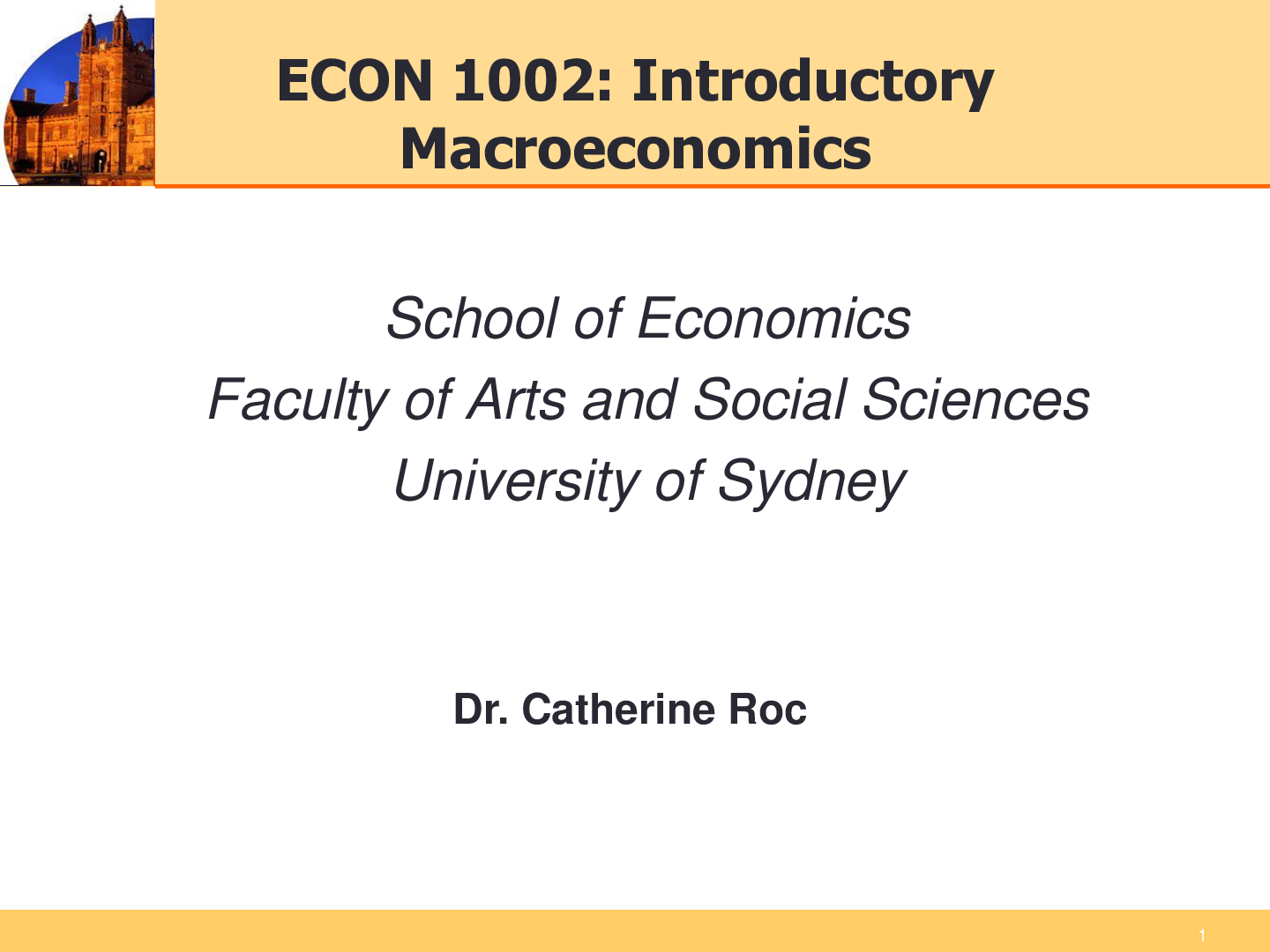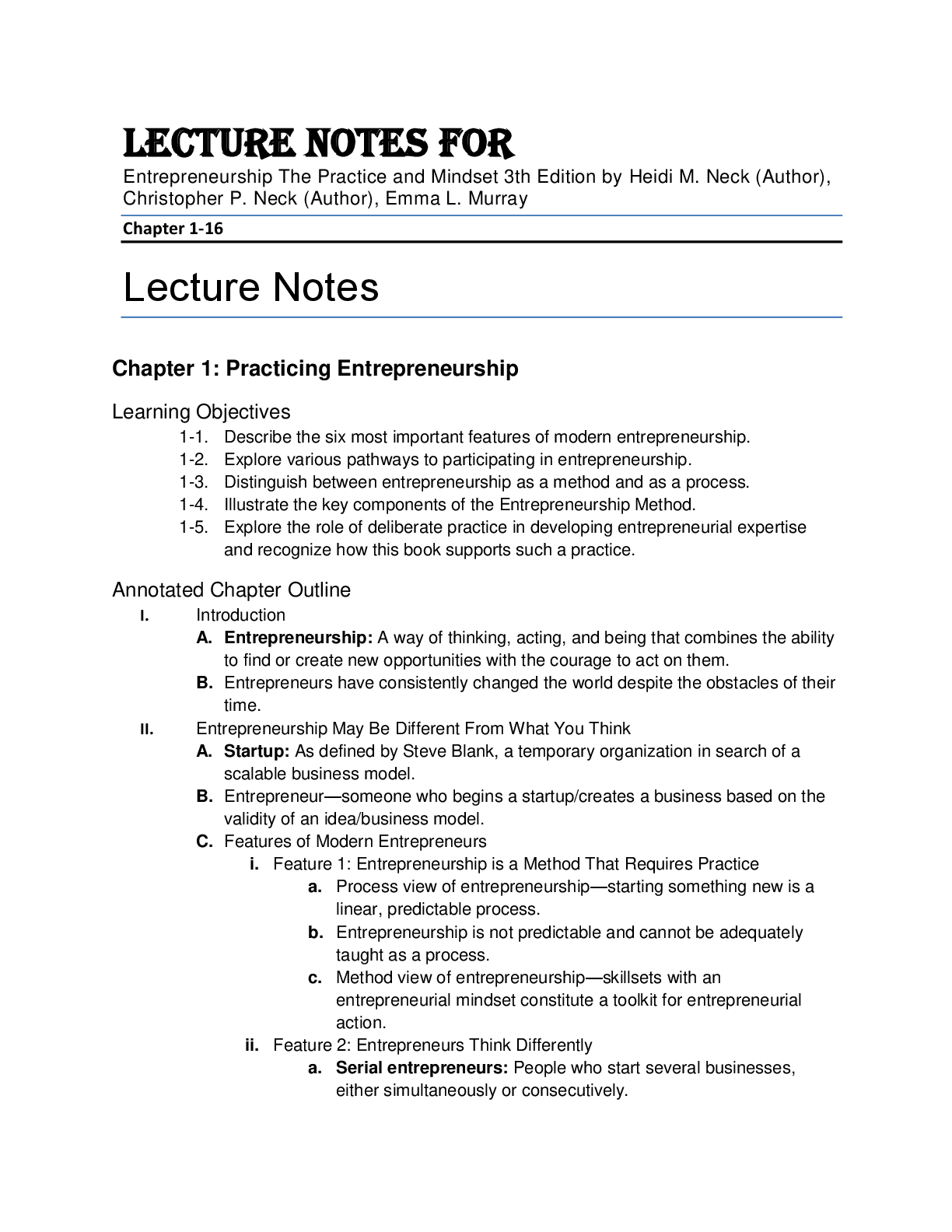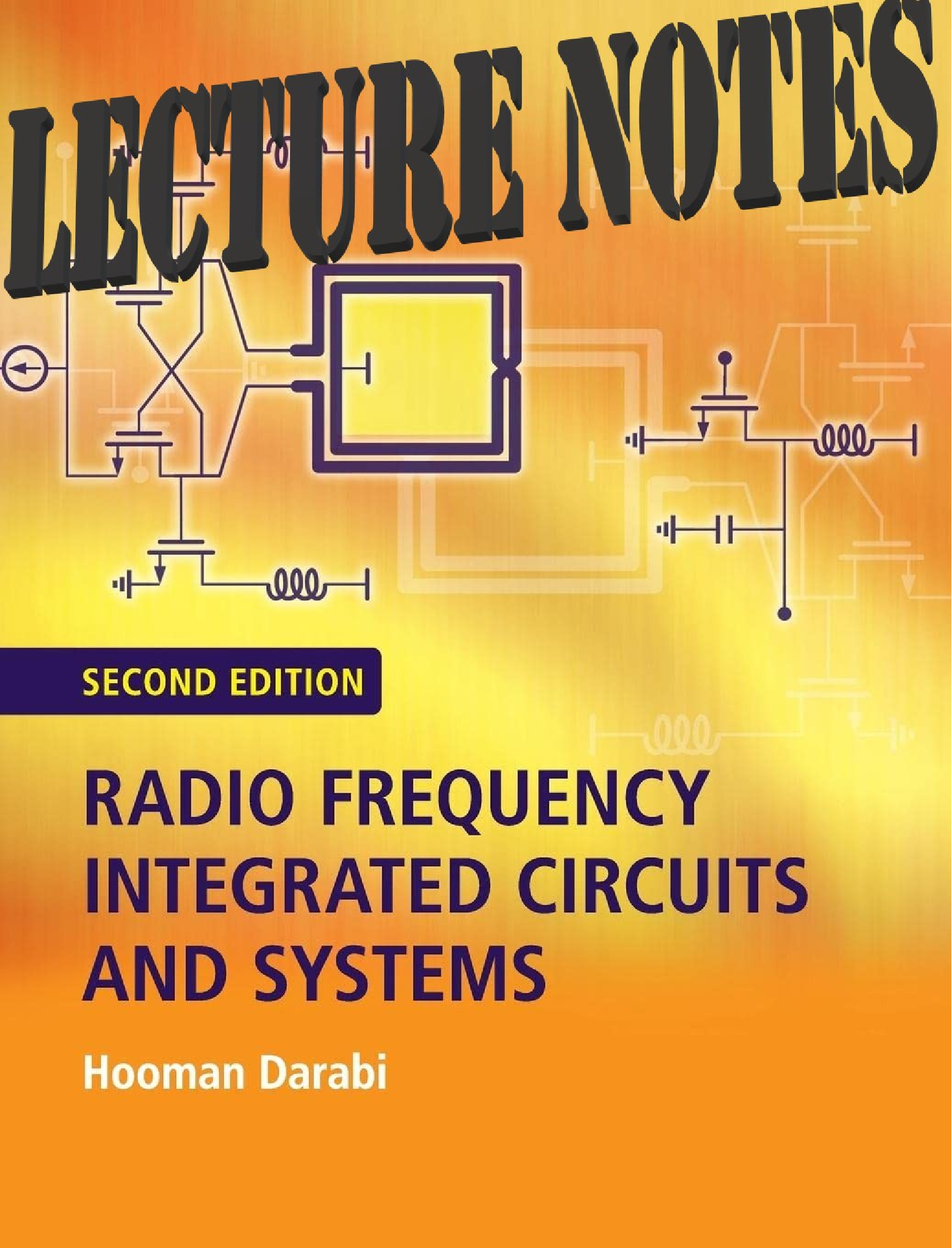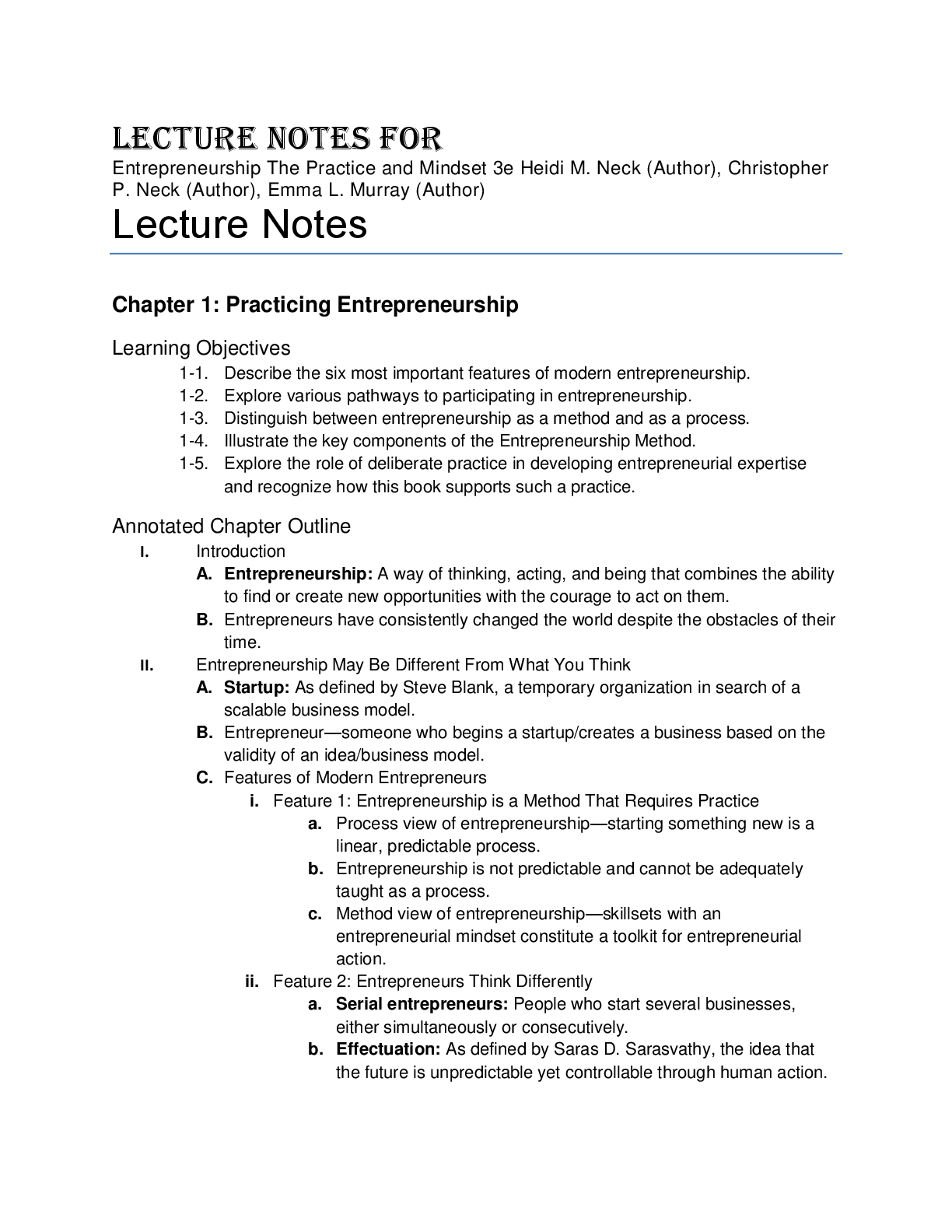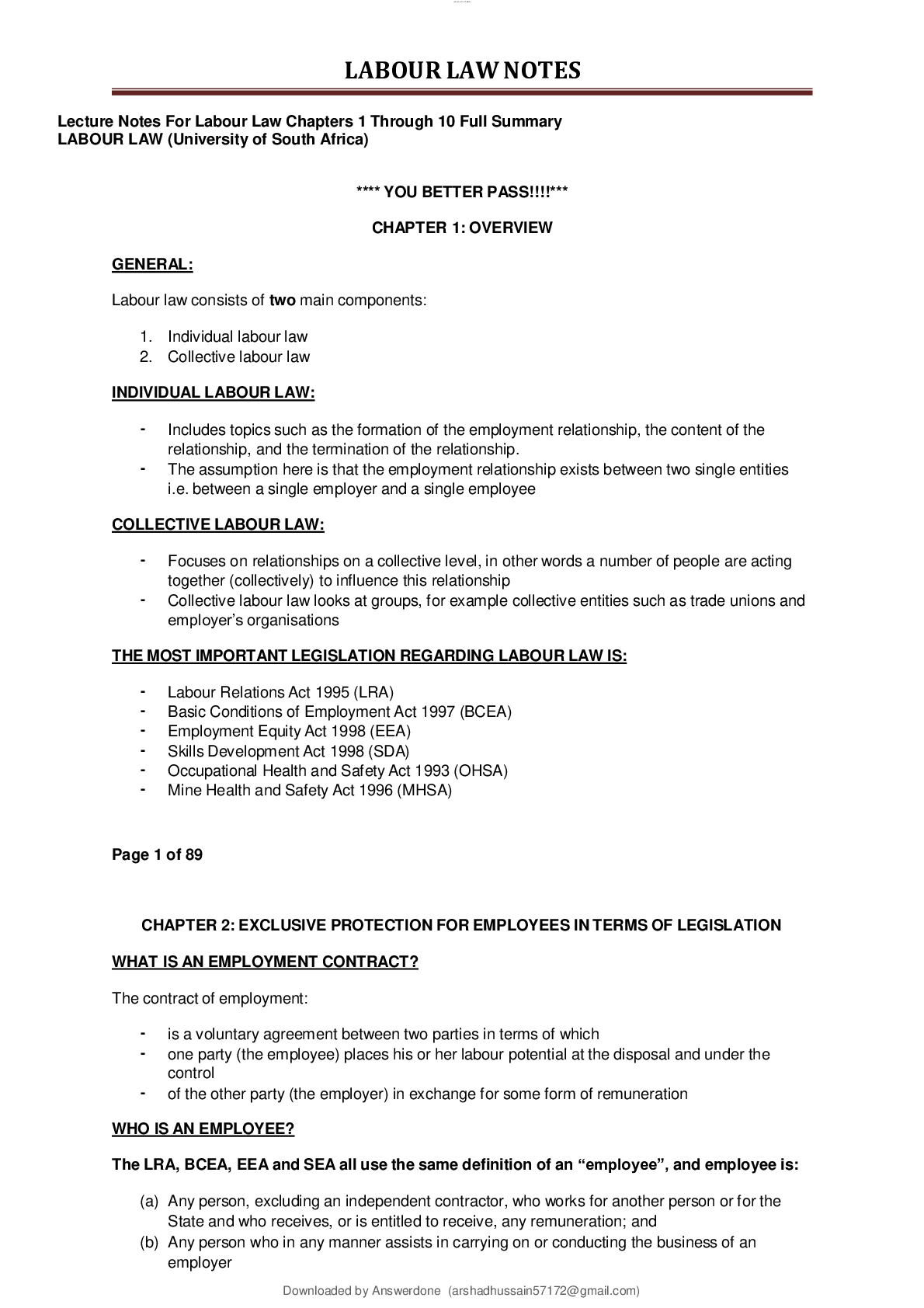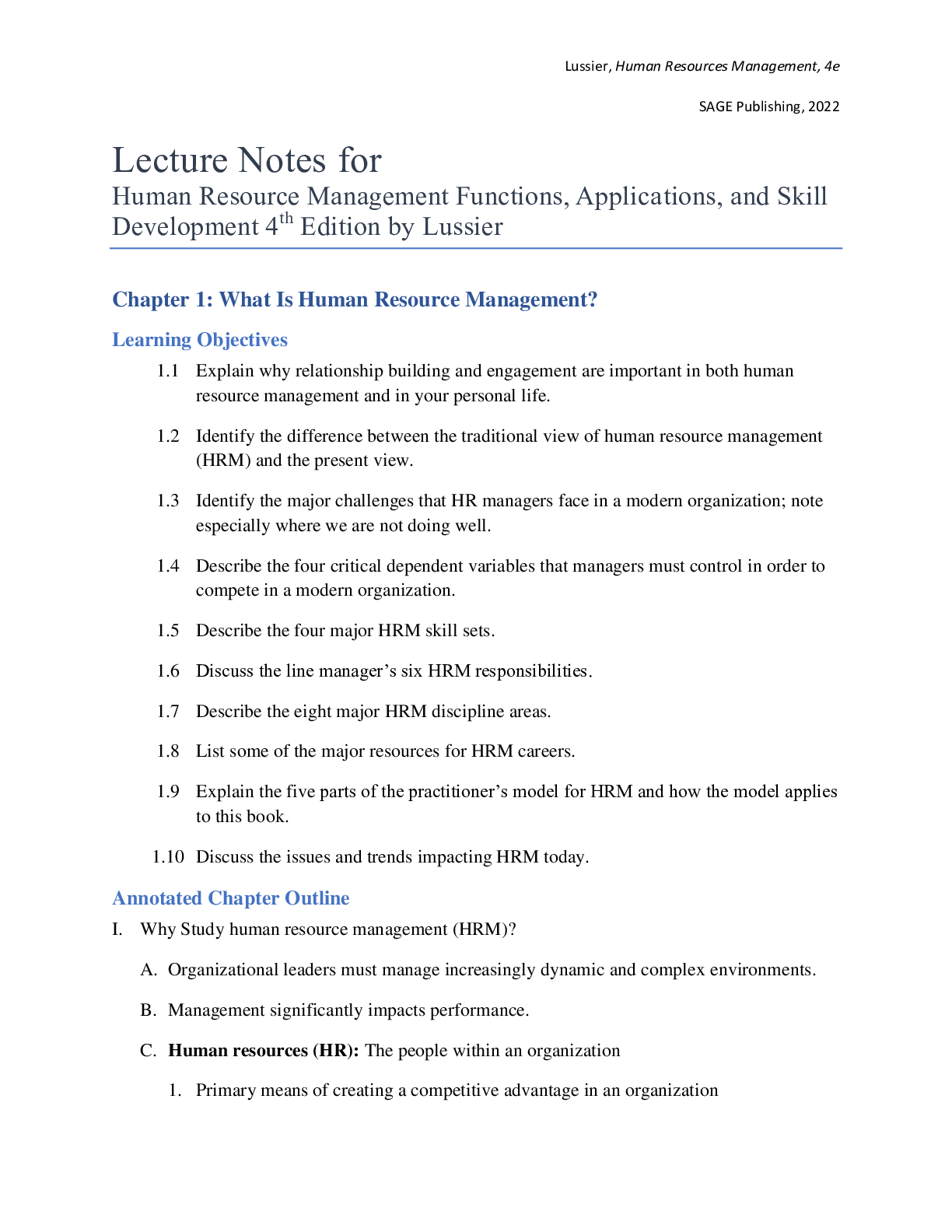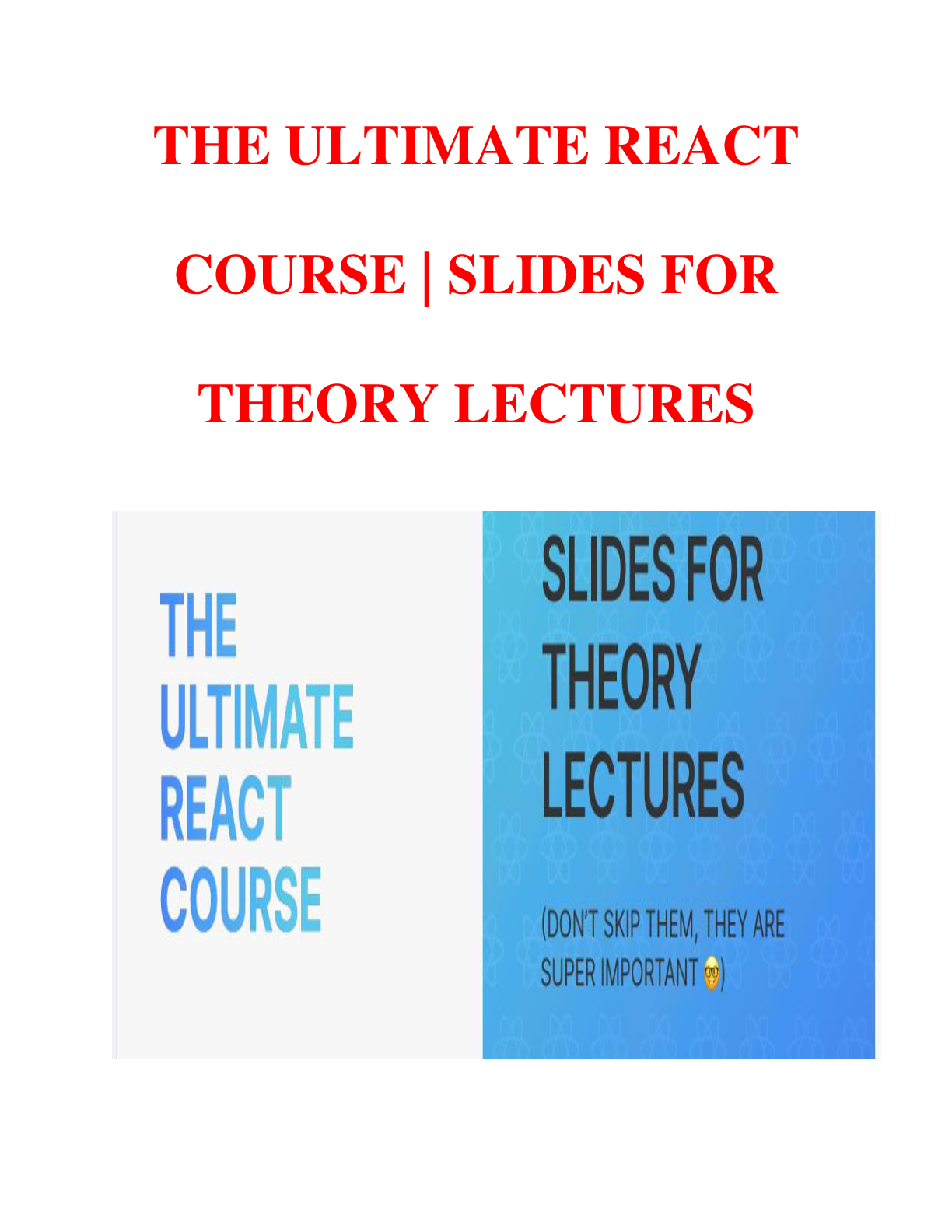History of Management Part 2.
Document Content and Description Below
Hello again. We’re now looking at the second lecture on the historical foundations of management. And we’re going to focus this time on the behavioural approaches to management. So we call this
...
the behavioural approaches, or the human resource approaches. So what are some of the management ideas that were introduced by this movement, which came after the scientific approach to management? So we’re looking at three main theorists again. The central assumption of the human resources approaches is that, not people are rational, because yes, they are rational, but people are social, and self-actualising, and we’ll come to what that means in a moment. But we’re going to look at the studies by Elton Mayo called The Hawthorne Studies, which is not based on the Hawthorne suburb in Brisbane, but it’s based on studies conducted in the United States. The Theory of Human Needs by Abraham Maslow, which many of you may have heard of before. And then we’re going to look at Theory X and Theory Y with Douglas McGregor, and we’ll throw in a couple of others as well.
First of all, The Hawthorne Studies are famous, and it was based on a series of studies from 1927 until 1932 at the Western Electric Company in the United States. And what happened in this, in these experiments is that they started off experimenting with the, what would happen to productivity depending on the illumination of the factory. So, as you put in, as you started to turn the lights off, reduce the illumination within the factory, where people were constructing these relays which were part of the telecommunications equipment used at that time, very small things that were constructed by workers on the factory floor, what would happen if you gradually reduced the light in that environment? What was the optimum level for productivity?
So, what would you say? What would you say the results of this research were? Most of us would say well, of course, as you reduce the level of light, productivity would go down, right? In fact, what happened was the opposite occurred. As they reduced the amount of light, even to the point where the workers were working in complete darkness, the level of productivity rose. So why was this? What were the reasons behind this? Because this was running counter to the idea of scientific management, which said that you needed to have a certain, that you have to provide the right working conditions. Well this Australian guy, Elton Mayo, who was originally from Adelaide, served at the University of Queensland for some time before eventually going to the United States and ending up in Harvard, said that there were other factors that must be at play beside the actual ideal working conditions.
What they found is that there was, social factors involved. That there were social factors involved, that these were a group of immigrant women, and notice that period of time, 1927 in fact, to 1932 was when these experiments were conducted at Western Electric. That was during The Great Depression. There was a certain pressure on people. They were a group of immigrant women, mainly from Eastern Europe, who, when they got together, they found ways of cooperating that would prove to this Harvard man, this college educated man, of how good they were. They had a guy from Harvard coming to look at their work performance, and they said, ha, we’ll prove this guy wrong. And so they got together and helped each other out, and improved their performance as they made the conditions more adverse, which is perhaps a human characteristic. Sometimes under more adverse circumstances we perform even better. And that’s exactly what happened in this situation. So the level, intensity of illumination was not directly related to productivity.
[Show More]
Last updated: 3 years ago
Preview 1 out of 6 pages
